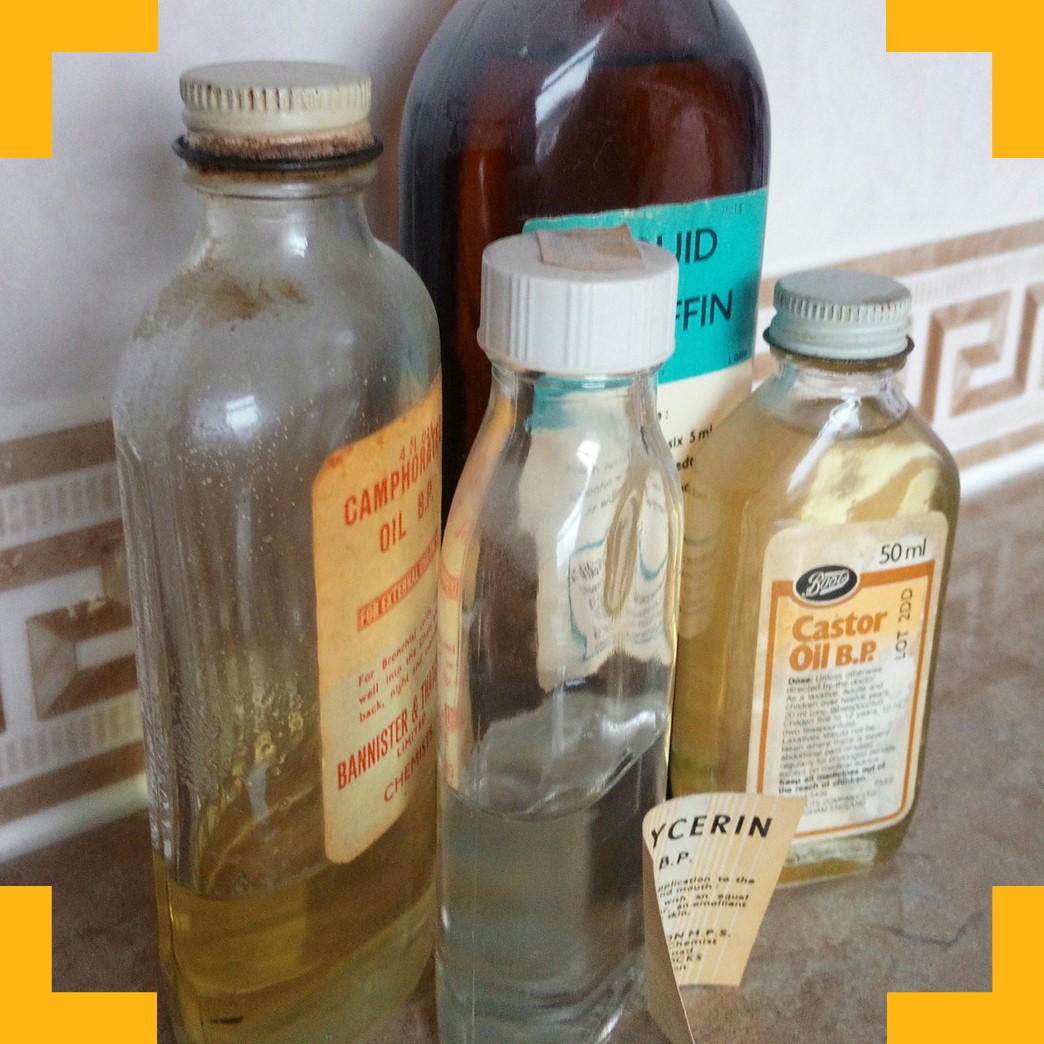From Folk to Pharma: Unlocking the medicine cabinet to understand lay approaches for managing common infections in the past and present

In 1929, Alexander Fleming discovered penicillin. The importance of this first antibiotic was not fully realised until the early 1940s, when large-scale manufacturing processes were developed. The impact is momentous: on top of saving millions of lives, it has added 20 years to life expectancy across the world.
Nowadays, most people in affluent countries have grown up with the idea that simple infections are easily treated. If you get strep throat, you can have antibiotics. For a skin infection, you’ll be able to get a topical treatment.
Often people think of antibiotics as a cheap remedy; something to be taken for a week and then forgotten about. Other times, they take medicine every day for long term conditions and do not worry if they miss a few doses. However, this approach could cause problems, as not completing a course of medicine may lead to rising levels of antimicrobial resistance.
What did the project involve?
This project was part of an ambitious programme of work to understand how people who remember the pre-antibiotic era managed common infections and how they coped with the risks of infection. The team came with a set of questions:
- What can people recall about their attitudes to, and how they managed, mild infections in the pre-antibiotic era?
- What is the relevance of pre-antibiotic era attitudes and strategies to the present-day management of mild common infections?
- How can we meaningfully translate our findings into resources to help support present-day patient-GP discussions about self-management of mild infections without antibiotics (where appropriate)?
Through archival research, the team identified and investigated ‘traditional’ remedies and placed them within their historical and medical contexts.
They also created new archival evidence through oral history: speaking with individuals who remember the pre-antibiotic era (1930s-40s) and listening to their experiences about managing such illnesses in the past. These are, of course, experiences that urgently needed to be collected before they faded.
Who are the team and what do they bring?
- Alastair Hay (Centre for Academic Primary Care) is a practising GP and has led the CAPC Infection Research Group since 2001. Together, they have published over 125 original papers related to improving the use of antibiotics in primary care.
- Barbara Caddick (Centre for Academic Primary Care) undertook the historical research element of the project, consisting of desk-based work and archival visits. She provided support during the patient focus groups, and was responsible for the public engagement element of the work.
- Gemma Lasseter (Centre for Academic Primary Care, NIHR Health Protection Research Unit in Evaluation of Interventions) is an experienced qualitative researcher. Much of her work focuses on understanding what works, for whom, in what circumstances, and why.
What were the results?
The findings were presented to some small focus groups with members of the public who had expressed an interest in primary care research. A co-produced toolkit was trialled at a heritage location, where people who visited were primed for nostalgia and engaged in conversations about memories of managing common infections.
The project served as a starting point for a larger project. The team went on to secure further development funding from the Elizabeth Blackwell Institute. While the public health situation required distancing, the team ran a small virtual workshop on creative methods in health research. Participants came from the arts, humanities, medicine, science, social science and more. The workshop ran in three sections: they fed back on creative research methods; then four presenters gave 10-minute papers in a webinar; and finally they hosted a break-out session discussing the benefits, challenges, and definitions of creative research methods in healthcare settings.

